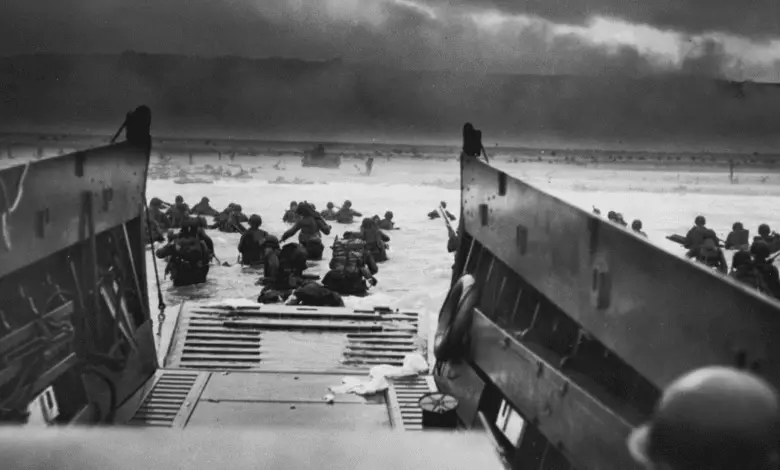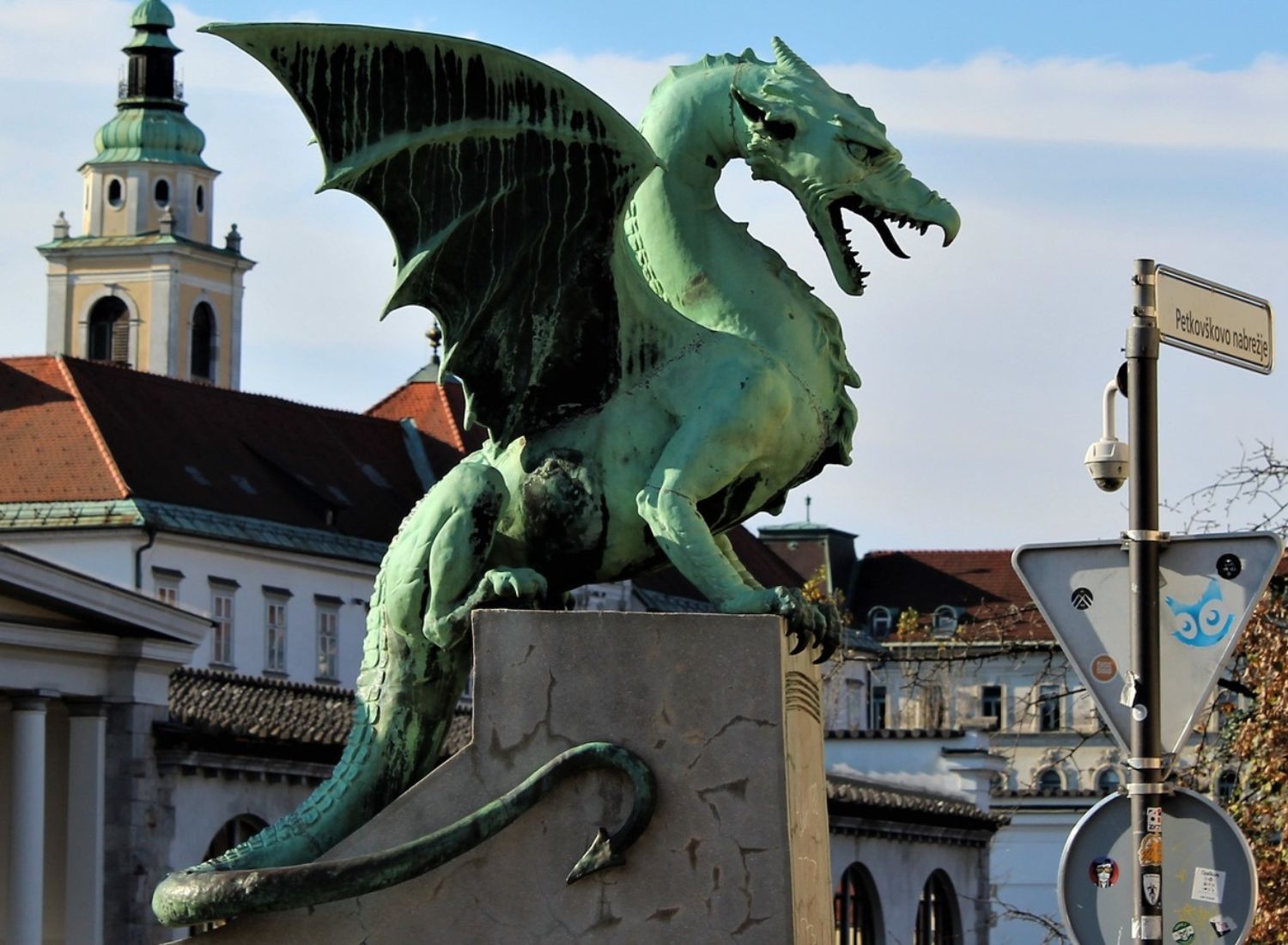D-Day Of World War 2 Worst Days In The History Of Human Life

Do you realize that by the time you wake up in the morning, 20,000 men may have been killed?
Churchill to his wife the night before D-Day
D-Day, which can be touted as one of the biggest invasions, took place during World War II (1939-1945). It was the start of the codenamed operation called ‘Overlord’.
Below are some interesting details about the same. Read on:
During the World War II
D-Day was the first day on which the battle of Normandy (France) started on 6th June 1944. As it was the beginning of the Western Allied effort to liberate mainland Europe from Nazi Germany.
After the world war began, Germany occupied northwestern France in May 1940. The Americans entered the war in 1941. But by 1942 the British who were evacuated from the beaches of Dunkirk in May 1940 and the Americans came together. At this time limited planning of the invasion of Europe started. However the detailed planning of the operation ‘Overlord’ took place after the Tehran Conference in late 1943.
This invasion was one of the largest amphibious military assaults and the largest seaborne invasion in history that took place in history.
There were around 2 million troops from America, the British, and Canada. It also included Australian, Belgian, Czech, Dutch, French, Greek, New Zealand, Norwegian, Rhodesian and Polish for naval, air or ground support.
This required huge planning, So Lieutenant-General Frederick Morgan and his team of British, American and Canadian officers submitted plans for the invasion in July 1943.
The Mega Planning
American General Dwight D. Eisenhower led the team formed in December 1943 to plan the naval, air, and land operations. In January 1944, he was appointed as the commander of operation ‘Overlord’. He also called the operation a crusade in which, “we will accept nothing less than full victory.”
Before the invasion took place almost a month and a week before the D-Day, the Allies conducted a large-scale deception designed to mislead the Germans about the invasion.
There was a need for a huge number of resources for the invasion. To build up these resources the British factories increased production. Almost 9 million supplies of the equipment crossed the Atlantic from North America to Britain were supplied in the first half of 1944.
The D-Day
Eisenhower selected the date of invasion as 5th June but due to bad weather, it was delayed 24 hours. On 6th June, the air force parachuted under the drop zone across northern France.
The ground troops gathered across five beaches – Utah, Omaha, Gold, Juno, and Sword. The invasion began early morning at 6:30 am. More than 13,000 aircraft and 5,000 ships supported the operation. By the end of the day around 156000 troops had successfully invaded Normandy’s beach. Around 4000 Allied troops lost their lives and many were wounded, missing or dead.
On June 11, 1944, there were around 326,000 troops, more than 50,000 vehicles and some 100,000 tons of equipment landed at Normandy. The beach was fully secured. By the end of June, the Allies had seized the vital port of Cherbourg, landed approximately 850,000 men and 150,000 vehicles in Normandy, and were poised to continue their march across France. By the end of August 1944, the allies reached the Seine River, which concluded the war of Normandy.
On 6th June 2016, the 72nd D-day liberation of Normandy was observed.



